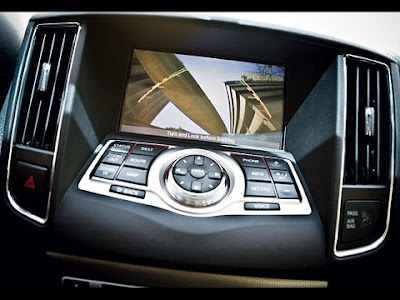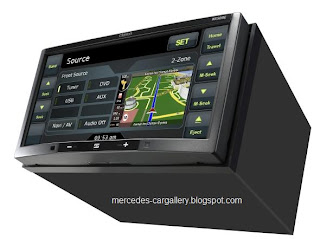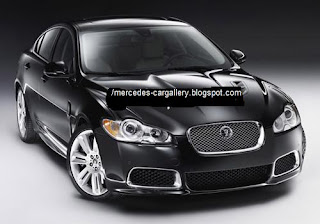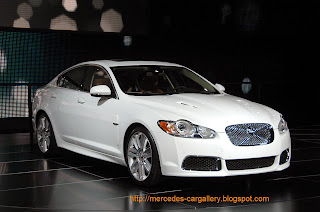Skoda Superb is an automobile marvel. Skoda Auto India Pvt. Ltd. announced the launch of this luxury sedan in June 2004. Over the passing years, the car has bewitched its buyers with its attractive styling, exquisite interiors and superior performance. A huge cabin space is offered by the car, which gives its occupants a luxurious sense that is never felt before. Skoda Superb fits the budget of upper-middle class buyers perfectly. The automobile is available in both petrol and diesel variants.
EngineAt the heart of the petrol model of Skoda Superb lies a powerful 2.8L 30-valve V6 gasoline engine, which pumps out a mind blowing 193 bhp of power at 6000 rpm and a maximum torque of 280 Nm @ 3200 rpm. The diesel variants of the automobile are powered by 2.5 L V6 engine that churns out a power of 163 bhp and a maximum torque of 350 Nm @ 3000 rpm.
Design And ComfortPowerful Bi-Xenon headlights, with integrated fog lamps, adorn the frontage of Skoda Superb. The stylish design of the luxurious car is accentuated by chrome detailing in the interiors as well as exteriors. Adding to the sophistication is the outside rear view mirror, with built-in turn signal lamps. Electrically operated sunroof can be slide-opened at the touch of a button. The headlamps of Superb are equipped with inbuilt power washers, for daylight visibility. The cushioned seats provide a comfortable ride for five people.
InteriorsThe plush interiors of Skoda Superb truly mesmerize its occupants. The cabin is full of small storage spaces that are tucked away within easy reach. A unique climate controlled travel box is fitted into the flip-out rear seat armrest. There is a wet case for storing umbrella as well. Climatronic air conditioning system is integrated on the dash, with vents located on the front and rear portion of the cabin. The central console and gear knob look elegant with wooden finish. The instrument cluster of Skoda Superb consists of CD player, with MP3 playback.
Ride And HandlingThe multi function steering wheel of Skoda Superb is height and reach adjustable, providing you great driving comfort. Adding to the driving pleasure is the four-way electrically adjustable driver's seat. Effortless driving is also facilitated by cruise control of the car.
SafetySkoda Superb is laden with safety features that facilitate safe driving and help the driver to acquire control over the vehicle at critical situations. Anti-lock Braking System (ABS), Acceleration Skid Restrain System (ASR), Electronic Stability Program (ESP) and Electronic Brake Assistance (EBA) are the key safety features of Skoda Superb. The car is equipped with six airbags in order to shield the driver and co-passengers in the event of collisions.
Variants, Price And ColorSkoda Superb is available in three variants - Comfort 2.5 V6 TDi AT, Elegance 2.5 V6 TDi AT and Elegance 2.8 V6 MPI AT. The luxury sedan is priced at Rs 23.45 lakh (approx). It comes in three colors - Candy White, Black Magic and Diamond Silver.




















